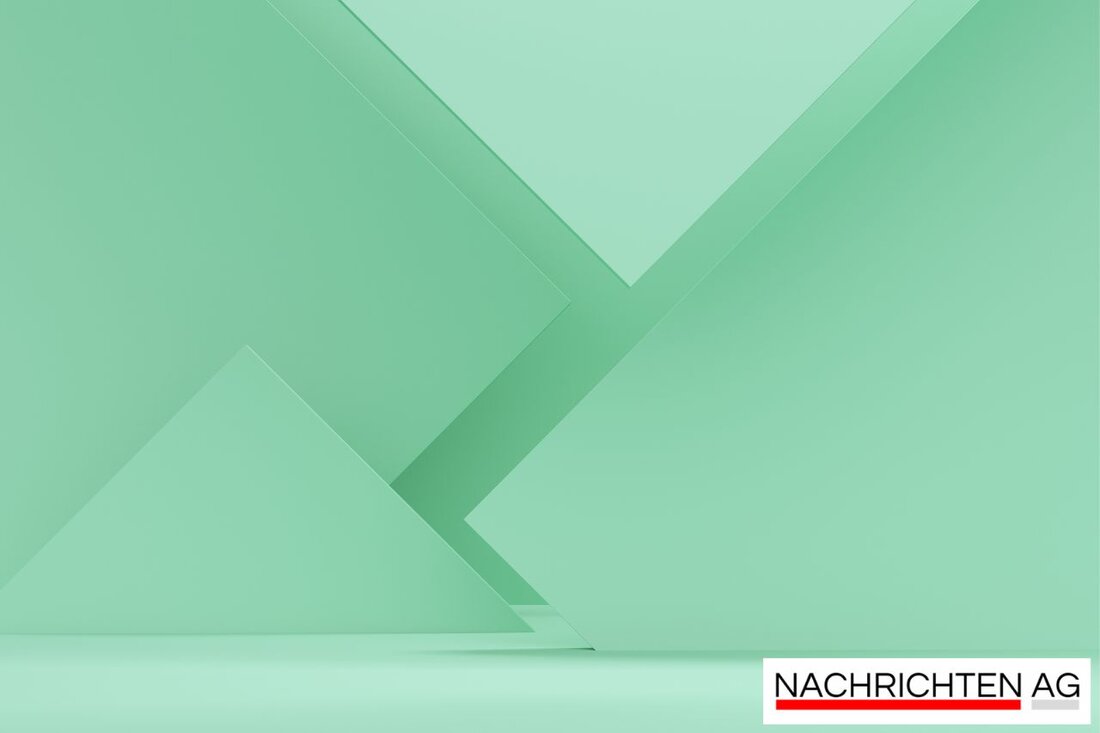Laying the foundation for Gießen Center: Research in the battery future!
Laying the foundation for Gießen Center: Research in the battery future!
Gießen, Deutschland - On June 6, 2025, the foundation for the new research building "Gießen Center for Electrochemical Materials Research" (GC-Elmar) was laid at the Justus Liebig University Gießen (JLU). The new building will be built on the natural and life sciences on the Seltersberg on the campus and is to be completed by the end of 2027. With total costs of around 76 million euros, of which around 65 million euros for the construction and 11 million euros for the necessary laboratory equipment, the project is financed by several institutions. The state of Hesse contributes around 40 million euros, while the Heureka program contributes to financing with around 32.5 million euros and the JLU with 7.5 million euros. In addition, around 30 million euros are planned from the federal government to cover the construction and device costs.
The new research center aims to promote electrochemical material research, especially in the area of battery research. The director of the state company Bau und Immobilien Hessen, Thomas Platte, emphasized the importance of the new building for research on battery materials. Research construction is equipped with a specialized laboratory infrastructure that enables research work at extremely low temperatures. High-ranking representatives took part in the laying of the foundation stone, including the Hessian Minister of Science Timon Gremmels and JLU President Prof. Dr. Katharina Lorenz.
promotion of the cluster of excellence polis
Another important aspect of German battery research is the Polis (Post Lithium Storage Post) Cluster of Excellence, which was recently selected for a further funding period of seven years to 2032. This was announced when the German Research Foundation (DFG) presented the successful applications on May 22. The cluster Polis, founded in 2018 at the University of Ulm, specializes in innovative battery materials and storage technologies. In the upcoming funding period, the focus will be on the implementation of full cells and the interactions between battery components. In addition to the University of Ulm, partners in the cluster are also the Justus Liebig University Gießen, the KIT as well as the ZSW and the Helmholtz Center Berlin.
innovations in battery research
The cluster managers, professor Birgit Esser, Professor Helmut Ehrenberg and Professor Jürgen Janek, pursue the goal of developing lithium -free, safe, powerful and sustainable batteries. In the first funding phase, the focus was on the development of individual battery components. Polis II will now deal in particular with the persecution of ions in the battery cell and examine a variety of shuttle ions and materials, both organically and inorganically. Sustainability is very important in this context, since life cycle analyzes and the identification of limited raw materials must also be taken into account.
Electrochemical energy storage plays a crucial role in the energy transition in Germany. The clusters of excellence, such as Polis, receive between 3 and 10 million euros in funding annually in order to strengthen research exellence at German universities. The latest information shows that the KIT has successfully submitted two applications within the framework of the Excellence Cluster of Excellence, including Polis. Both clusters receive up to 70 million euros for their seven -year funding period, which further strengthens KIT's competitiveness in the German research landscape.
These developments in battery research and the expansion of the research infrastructure in Gießen and Ulm are crucial for innovative strength and scientific progress in Germany.
For more information on these topics see: jlu , University of Ulm href = "https://www.kit.edu/kit/pi_2025_043_exzellenzcluster-kit-mit-antraegen-zu-battery research-und-3d-designermaschen-erfreich.php"> kit .
| Details | |
|---|---|
| Ort | Gießen, Deutschland |
| Quellen | |


Kommentare (0)